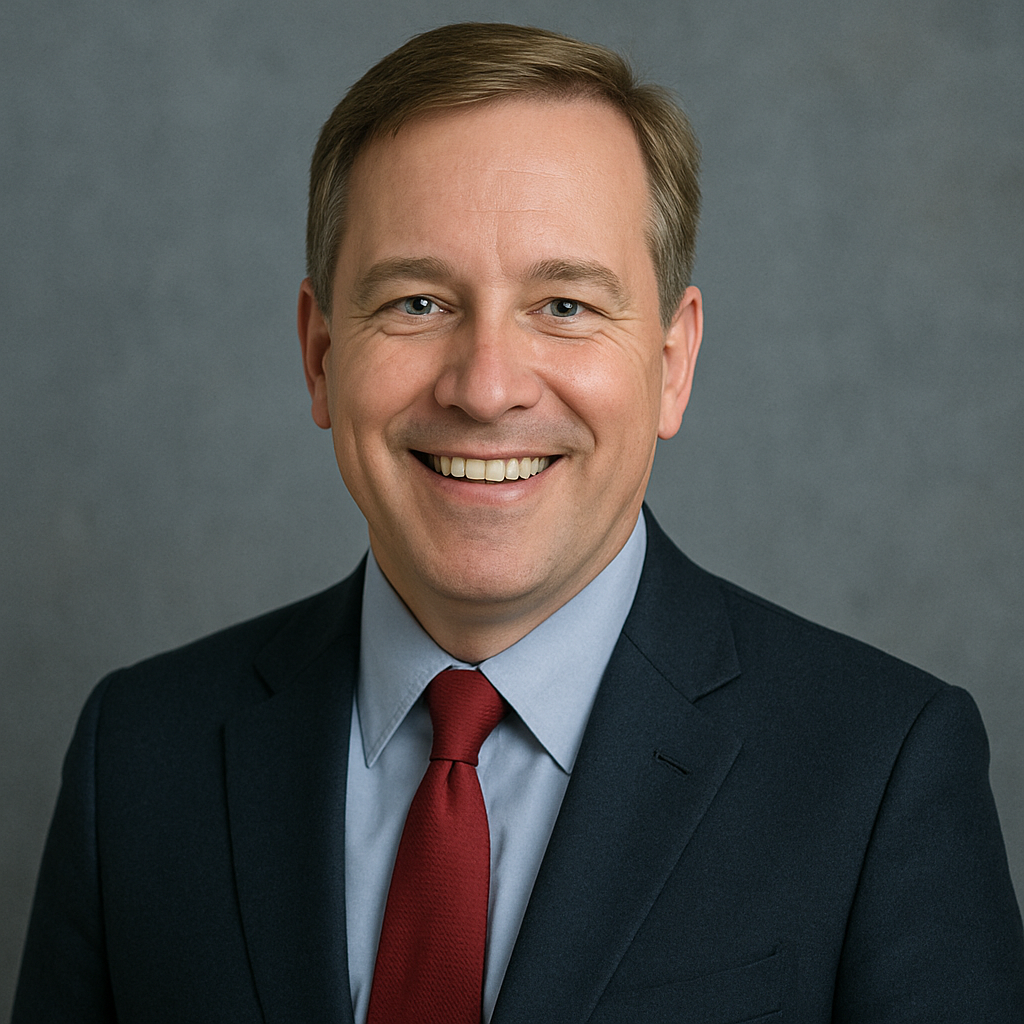The Turning Point: When I Finally Faced My Debt
At 26, I opened my banking app and felt my stomach drop: $30,482 in debt.
- $18,000 in student loans
- $7,000 in credit cards
- $5,000 on a car loan
For years, I just paid the minimums and told myself, “I’ll handle it later.” But later never came—until I realized that every month, I was losing hundreds of dollars to interest alone.
The catch? I didn’t want to live like a hermit, eating instant noodles and skipping every birthday dinner for three years. I wanted a debt‑free life without giving up living my life.
Here’s how I did it.
Step One: Facing the Numbers (Even When It’s Scary)
The first thing I did was the hardest: I wrote everything down.
- Balances
- Interest rates
- Minimum payments
When you avoid looking at your debt, it owns you. Seeing it in black and white was terrifying—but also freeing. It gave me a starting point.
I created a simple spreadsheet with all my accounts and interest rates. Then I highlighted the highest interest debt first—that’s where the bleeding was worst.
Recommended Read: The 5‑Step Blueprint to Eliminate Debt and Build Generational Wealth – This exact framework helped me build my payoff plan.
Pro Tip: Even if it feels like “too much to handle,” knowing the total is the first step to taking control.
Step Two: I Stopped Letting Interest Rob Me
I didn’t have extra money lying around to throw at debt. So I got creative:
- Called my credit card companies and asked for lower APRs
- Transferred balances to a 0% interest card for 12 months
- Prioritized the avalanche method: highest interest first, then rolled payments down
Knocking out high‑interest debt first felt like giving myself a raise.
Helpful Resource: NerdWallet – How to Lower Credit Card Interest
Step Three: I Created “Extra Money” Without Changing My Life
I wanted to stay social and enjoy my life, so I focused on finding money, not cutting all joy.
Here’s what I did:
- Picked up a weekend freelance gig in my field (10 hrs/week)
- Sold old electronics and clothes on Facebook Marketplace
- Used cash‑back apps for everyday purchases
- Redirected any windfalls (tax refund, work bonus) straight to debt
Within three months, I was putting an extra $600/month toward debt without touching my core lifestyle.
Recommended Read: The Ultimate Side Hustle Guide – This is exactly how I turned free time into debt‑crushing money.
Step Four: I Built a Life‑Friendly Budget
Here’s the secret: I didn’t cut everything I loved.
I made room for:
- 2–3 dinners out per month
- Small travel fund for weekend trips
- A little “fun money” so I wouldn’t rebel against my own budget
I followed a modified 60/20/20 rule:
- 60% Needs
- 20% Debt/Savings
- 20% Wants
This balance kept me from burnout while still making aggressive progress.
Learn More: 5 Budgeting Hacks I Wish I Knew in My 20s – The exact mindset that helped me stick to this plan.
Step Five: Automate the Hustle
Once I built my system, I automated everything:
- Debt autopay for minimums + an extra payment
- Automatic transfers from my side hustle account to my debt account
- Auto‑savings for a small emergency fund to avoid new debt
This took willpower out of the equation. Every extra dollar went to my debt before I could spend it.
Recommended Tool: Mint – A simple way to automate and track debt progress.
The Result: Debt‑Free Without Deprivation
In 23 months, I paid off all $30,000.
I still traveled.
I still had the occasional fancy brunch.
I even went to a concert or two.
The difference? I was intentional. Every dollar had a job.
Becoming debt‑free didn’t just free my finances—it freed my mind. I stopped dreading my bank app. I started planning my future instead of reacting to my past.
Your Next Moves
- From Paycheck to Prosperity – Learn to stop the cycle of financial stress
- Recession‑Proof Your Finances – Protect your hard‑earned progress
- Start Investing Without Feeling Overwhelmed – Once debt is gone, start building wealth

Michael J. Carter
Michael J. Carter helps readers master personal finance, practical investing, and long-term wealth building. At The Golden Safe, he turns complex money topics—like debt payoff, dividend ETFs, cash-flow systems, and money management—into clear, step-by-step guides and tools that make financial education actionable today.

